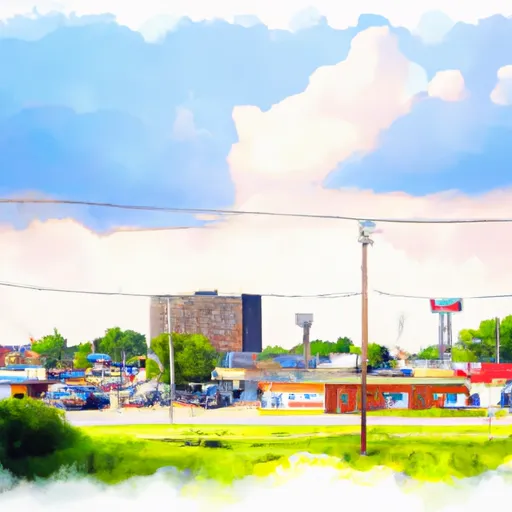°F
°F
mph
Windspeed
%
Humidity











Lottie, Louisiana is a small town located in Pointe Coupee Parish in the southern United States. The climate in Lottie is characterized as humid subtropical, with hot and humid summers and mild winters. Average temperatures range from the low 50s (°F) in winter to the mid-90s in summer. The area experiences significant rainfall throughout the year, with the wettest months being May and June.
Lottie is surrounded by water bodies, making it ideal for hydrology enthusiasts. The town is located near False River, an oxbow lake renowned for its recreational opportunities. Fishing, boating, and water sports are popular activities in the area. Visitors can enjoy angling for bass, catfish, and crappie or explore the lake's calm waters in a kayak or canoe.
Additionally, Lottie is situated near several wildlife management areas and state parks, providing ample opportunities for outdoor recreation. These areas offer hiking trails, camping facilities, and birdwatching for nature enthusiasts. Nearby Tunica Hills State Wildlife Management Area boasts stunning landscapes, forested hills, and natural springs, making it a favorite destination for outdoor lovers.
In summary, Lottie, Louisiana provides a pleasant climate, abundant hydrology constituents, and various outdoor recreation opportunities, making it an attractive destination for those who enjoy activities in and around water bodies, as well as nature exploration.
Weather Forecast
Lottie receives approximately 1514mm of rain per year, with humidity levels near 83% and air temperatures averaging around 20°C. Lottie has a plant hardyness factor of 9, meaning plants and agriculture in this region tend to thrive here all year round.
Regional Streamflow Levels
30
Cubic Feet Per Second
1,100
Cubic Feet Per Second
2,170
Cubic Feet Per Second
166
Cubic Feet Per Second
Nearby Camping
| Camping Area | Reservations | Toilets | Showers |
|---|---|---|---|
| Chemin - A - Haut State Park | |||
| Cane Creek State park | |||
| Poverty Point Reservoir State Park | |||
| Alley Spring - Ozark National Scenic River | |||
| Akers | |||
| Pulltite - Ozark National Scenic River |



